The Seikan Tunnel is an undersea tunnel running from Honshu, Japan’s main island, to Hokkaido, its northernmost island. A train station can be found at each end of the tunnel: namely Yoshioka-Kaitei Station (Fukushima, Hokkaido), and Tappi-Kaitei Station (Sotogahama, Honshu).
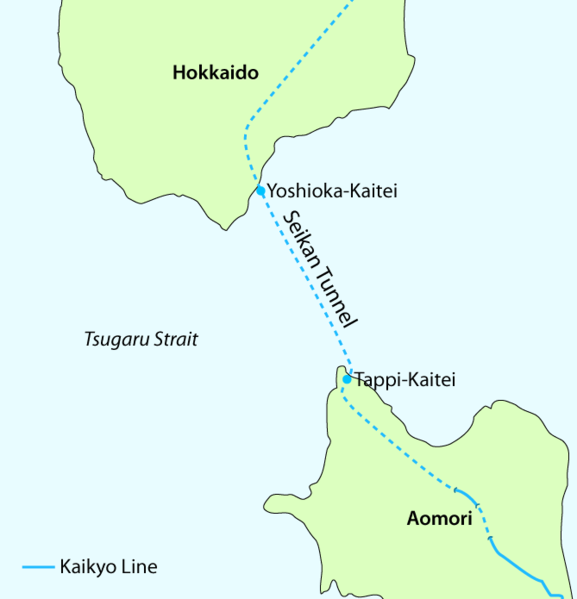
Recently, these two retired from regular train-station lives due to construction of a new high-speed train line. After decades of passenger service, I figured they had some stories to tell, so I sat down with them for an interview.
Introductions
M (Matthew): “Good morning, stations. I’ll start by asking you to introduce yourselves.”
Y (Yoshioka-Kaitei): “Good morning. I’m Yoshioka-Kaitei. I’m the one at the north end of the Seikan Tunnel.”

T (Tappi-Kaitei): “Hello! I’m Tappi-Kaitei, and you’ll find me at the south end.”

Y: “We’re both so thrilled to be interviewed today. We just love NHK’s programming.”
M: “Oh, I’m not from NHK. I’m from Tofugu.”
T: “Tofu-what?”
Y: “Is that a cookbook or something?”
M: “No, it’s a blog about Japanese culture. The best of its kind, in fact.”
T: “Wow, really?”
M: “Well, it’s in the top ten, at least. Top fifty.”
Y: “Interesting.”
M: “It’s not the worst one out there, is what I’m saying. Probably.”
T: (whispering to Y) “Couldn’t we land an interview with NHK instead?”
Y: (whispering back) “Well, we have to start somewhere. Let’s work our way up from the bottom of the media heap.”
The Seikan Tunnel
M: “Tell me about the Seikan Tunnel.”
T: “Well, our tunnel goes under the Tsugaru Strait.”
Y: “That’s the strip of water between Honshu and Hokkaido.”
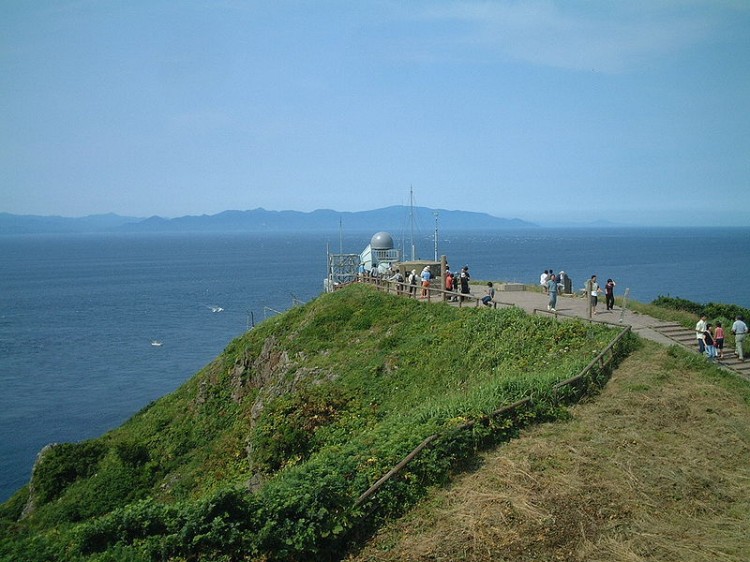
T: “Naturally, passengers and freight have been crossing the strait for a very long time, but things really got booming after the war.”
Y: “The Second World War.”
T: “That’s right. The economy skyrocketed, and so did shipping between the islands. Eventually, people started looking at alternatives to ferry traffic.”
M: “And they decided to build the tunnel?”
Y: “They did! Of course, lots of careful planning was needed first. Especially here, what with all the volcanoes and earthquakes.”
T: “Goodness, yes. An extraordinary feat, really. They started the surveying all the way back in the 40s, and only got started on construction in ’71. That part took almost two decades, finishing up in the late 80s.”
M: “And that construction included the two of you?”
Y: “Of course! We opened together in 1988. Oh, I remember the excitement!”
T: “Just before all that economic trouble started.”
Y: “Shhh! Don’t bring that up, you’ll spoil the interview.”
T: “No sense ignoring it.”
Y: “You’re so gloomy sometimes!”
(several minutes of bickering)
Other Tunnels
M: “Some of our readers may be unfamiliar with the prevalence of undersea tunnels…”
Y: “Unfamiliar? Where do they live, in a cave somewhere?”
T: “Canada, maybe.”
Y: “Oh, yeah, I suppose.”
M: “Could you tell me about other examples throughout the world?”
T: “Well, while the two of us obviously live in the world’s finest undersea tunnel, we have many colleagues around the globe. There’s the Thames Tunnel, in London…”
Y: “The very first underwater transit tunnel.”

T: “…that’s right. Then there was the Severn Tunnel, under another English river…”
Y: “England really got the ball rolling on the whole underwater tunnel thing.”
T: “…quite. Now those tunnels go under rivers, so they’re pretty short. In the twentieth century, we started getting much longer ones, under bits of ocean.”
Y: “Probably the most famous one of all is the Channel Tunnel, linking the UK and France. The stations are Folkestone and Coquelles.”
T: “We must invite them over again. It’s been so long.”
Y: “But they’re so annoying! Always casually mentioning that they have ‘the world’s longest undersea tunnel.’ As if that matters.”
M: “So your’s isn’t the longest?”
T: “Ours is the longest tunnel that has an undersea portion. From end to end, our tunnel is about 54 kilometers… longer than the Channel Tunnel, which is about 50. The undersea part of the Channel Tunnel is longer than our undersea part, though; about 38 kilometers, versus our 23.”
Y: “But who’s counting.”
M: “What about other tunnels around the world?”
Y: “There are a number of others, largely in Europe… Norway, especially. You’ll also find them in the United States. And Korea, and China.”
T: “Here in Japan, there’s one that runs under Tokyo Bay. It’s part of the Tokyo Bay Aqua-Line. Almost 10 kilometers long, I think.”
Y: “It’s the world’s fourth-longest underwater tunnel, and the longest underwater road tunnel, as opposed to a rail tunnel.”
T: “Of course, the whole underwater transit thing in Japan started with the Kanmon Tunnel, built in the 30s and 40s to connect Honshu with Kyushu. Its stations are Shimonoseki and Moji.”
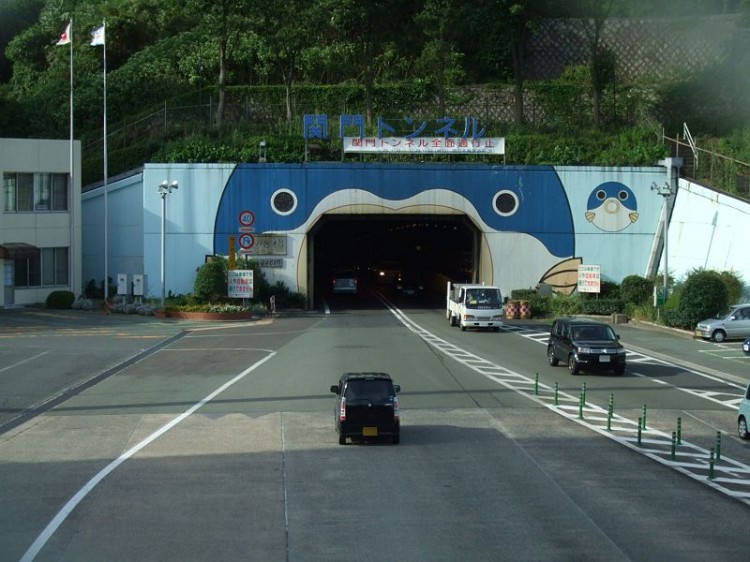
Y: “Oh, I can’t stand them either. They’re even worse than Folkestone and Coquelles. They never stop reminding us that their tunnel was first.”
T: “They’re unbearable.”
Why Tunnel?
M: “So, no offense, but why build tunnels at all? It seems like a lot of trouble.”
T: “Well, let’s look at some other options. If you need to cross a body of water, you could build bridges… boring! Predictable!”
Y: “That’s what they did to connect Honshu with Shikoku. Yawn.”

T: “Or you could rely completely on ferry service, but that’s slower and less fuel-efficient than a tunnel. And being sensitive to sea and weather conditions, ferries can be dangerous. There was a terrible accident in the 50s, when a typhoon sunk five of them in the Tsugaru Strait. Over a thousand people were killed.”
Y: “Compare those options with tunnelling under the sea. You use less fuel, and you avoid waves and weather altogether. Moreover, a tunnel won’t disturb ships or sea life, unlike a bridge.”
M: “Are there any disadvantages to undersea tunnels?”
T: “None whatsoever.”
M: “None at all?”
Y: “Our tunnel is absolutely perfect. People should tunnel everywhere.”
M: “There must be something.”
T: “Well… I supposed they are expensive to construct. But once they’re up and running, they’re cheaper than fleets of ferry boats.”
Y: “You get what you pay for.”
Safety
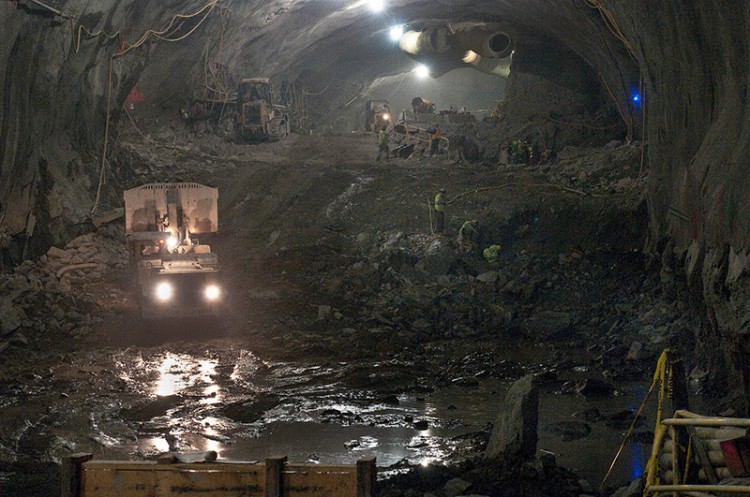
M: “One issue that comes to mind immediately regarding undersea tunnels is safety. I imagine there are some hefty safety measures in place?”
Y: “Fire is probably the one people worry about most. Our tunnel has a ventilation system with fans to suck out smoke, as well as high-tech fire detectors and sprinklers.”
T: “And surveillance too, so officials can help guide people to safety in the event of an emergency, and be sure everyone makes it out.”
Y: “That’s where we come in! Part of our job is to provide escape routes for the tunnel.”
M: “How’s that?”
Y: “In the event of disaster, in the undersea part of the tunnel, we provide the nearest evacuation points. We’ve been designed to accommodate escaping crowds, though hopefully that will never happen. Tunnel travel is very safe.”
T: “Unfortunately, tunnel construction can be very dangerous. Not that it’s surprising, with all that drilling, picking, and exploding one’s way through undersea rock. Our tunnel cost thirty-four workers their lives.”
(reflective silence)
Shinkansen
M: “You two were closed not that long ago, I understand.”
Y: “I was closed in 2006, shortly after work began on the Hokkaido Shinkansen.”
T: “And I was just closed in 2013.”
M: “The Hokkaido Shinkansen?”
Y: “‘Shinkansen’ is the name for various high-speed, long-distance train lines in Japan.”
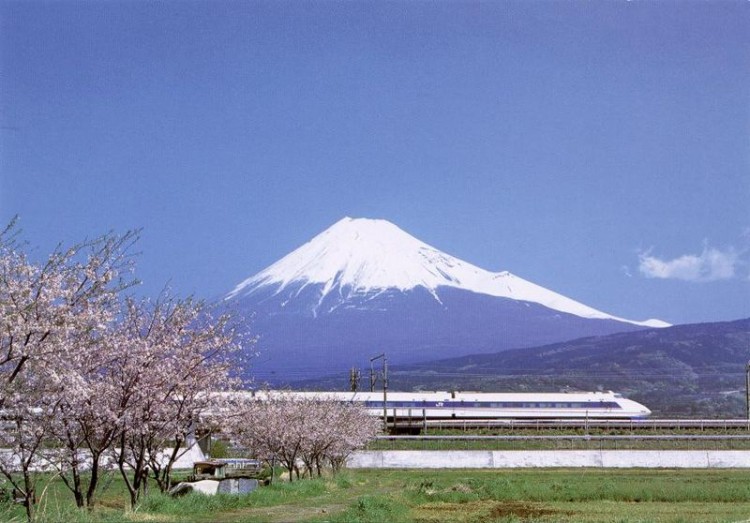
T: “Real high speed. We’re talking over 200 kilometers an hour.”
Y: “They’re planning on finishing the Hokkaido Shinkansen in 2016.”
M: “So you were closed to make way for construction in the tunnel?”
T: “The tunnel has two parallel sets of tracks. One set is being upgraded to a larger gauge to accommodate the Shinkansen.”
Y: “Trains are still running on the other set.”
T: “We’re actually helping with the construction, by holding materials. So although we’ve been closed to passengers, we’re really only semi-retired.”
Y: “And we continue to serve as emergency escape routes. So we aren’t out to pasture yet!”
Waving Goodbye
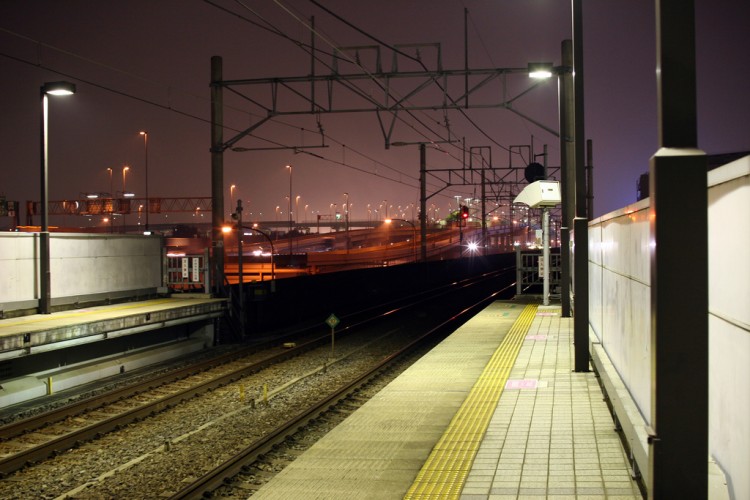
M: “Thank you for your time, Yoshioka-Kaitei and Tappi-Kaitei.”
Y: “Thank you! And hey, if you bump into anyone from NHK, please let them know we&##8217;d love to meet them and do a real interview. I mean, another interview.”
T: (whispering to Y) “He’s from Tofugu. He’s not going to be rubbing shoulders with anyone from NHK, or anyone else in media.”
Y: (whispering back) “I know, it’s a long shot. But we might get lucky.”
